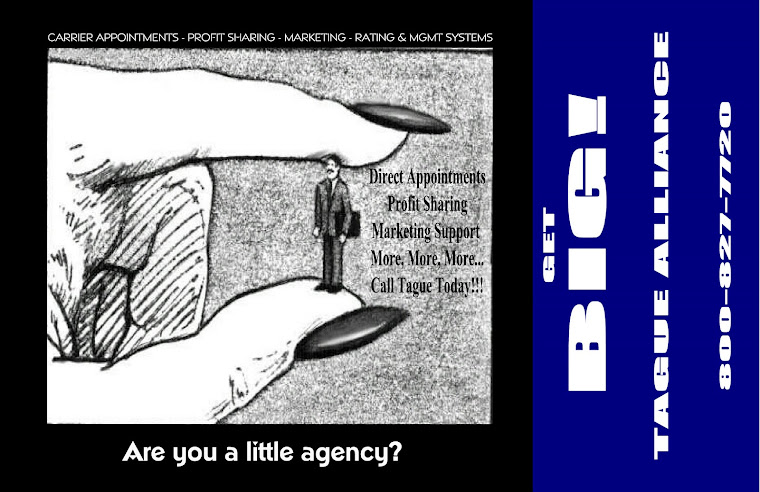Your clients may not know that they can insure their jewelry on their homeowners policy. This is a great article to share with them so they are educated on their options when it comes to insuring their bling!
Most homeowners policies provide very limited coverage for jewelry. The reason for this is that jewelry is high-valued (especially in relation to its size), is easily lost or destroyed and is vulnerable to theft (as well as fraud). If you only own a modest amount of jewelry (say just a few hundred dollars), perhaps the limited coverage provided by a basic policy is adequate. However, when high values are involved, consider buying special insurance coverage (sometimes called a floater). A few options are available such as buying supplemental insurance that is attached to your homeowners or tenant's policy or purchasing a separate jewelry policy.
Discussing what is needed and expected from separate coverage is very important. Does the coverage consider jewelry values that increase over time? Does it cover mysterious disappearance (when you know the property is gone, but can't pinpoint when and how the property was lost) and other causes of loss, or just fire and theft? Discussing the coverage also helps you understand the steps you must take to make sure that you keep the maximum coverage in force and whether the coverage you receive is worth the additional price.
Documenting The Jewelry's Value
If the jewelry has just been purchased, a store receipt or certificate should establish the insured value. However, as time passes or circumstances change, the insured value must be reevaluated, perhaps by seeking an appraisal (expert opinion). Getting an appraisal that affirms your jewelry's current value is an excellent way to assure that your property is properly protected. Of course, make sure that you work with a competent appraiser (check their credentials and number of years of experience). It is also helpful to talk to a potential appraiser. Does she seem to have the necessary expertise? How willing and able is she to explain her work? There are several professional jewelry and appraisal associations that can give you information on appraisers and appraising methods. All of these items are important, especially since you have to pay a fee for an appraiser's services.
Handle With Care
Once you're certain about the value of your jewelry and the adequacy of its insurance coverage, you need to properly handle your jewelry. After all, who wants to actually file a claim? If you own a significant amount of expensive jewelry you may want to look into other precautions such as:
* Get new appraisals every two or three years, sending a copy to your insurer
* Take photos of your jewelry from several angles; again, share copies with your agent or insurance company
* Consider a quality in-home security system, including a hidden vault or storage area
* Take care on where and when your jewelry is worn to try to avoid becoming a theft target
* Keep original receipts and all appraisals, especially if they demonstrate that the jewelry's value is appreciating
* Ask your jeweler whether they have access to "Gemprint," or a similar jewelry identification system that documents a jewel's distinctive markings much in the manner of fingerprinting.
* Consider storing jewelry that is rarely worn in a bank or saving institution’s vault. (Note that such special storage often qualifies for an insurance premium discount)
Again, your first step is to talk to an insurance professional since he or she shares your concern that you have the protection you need at a price you can afford.
If you have additional info regarding scheduling your client's jewelry, Tague Alliance can help you answer any questions you may have. They can be reached at 760-729-1143, or you can visit them on the web at www.TAGUEALLIANCE.com
COPYRIGHT: Insurance Publishing Plus, Inc. 1999, 2002, 2008
Talk To Tague Alliance
Search Tague Alliance Blogs
About Me

- Tague Alliance
- We are a master agent with SIAA. Our goal is to help our independent insurance agency members grow into successful businesses. We provide direct preferred company appointments, high commissions, low production requirements, profit sharing, marketing support, and a ton of other resources.

